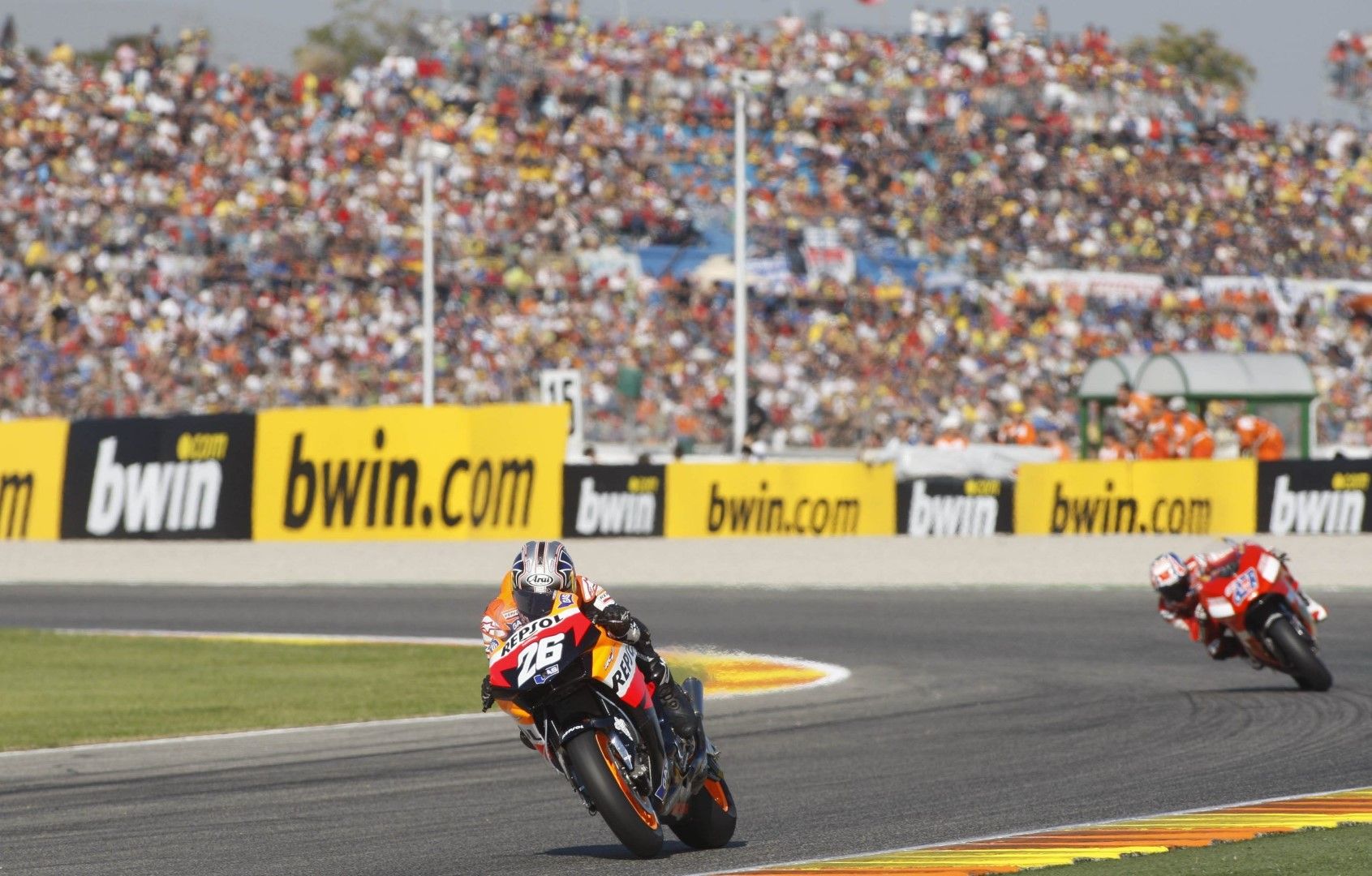Cheste
Located between the Sierra de Chiva range and “El Pla de Quart”. The municipality’s terrain is relatively flat. The town is built on flat ground, although there is a small hill on which the parish church is located. The local economy has traditionally been based on dryland agriculture (vine, carob, olive), although in recent years, and following the introduction of drip irrigation, dryland areas have been converted to irrigation farming. The town has one of the oldest Agricultural Cooperatives Spain, “Cheste Agraria”, which produces a selection of fine wines (mainly obtained from the Alexandrian Muscat variety). The irrigated land is dedicated mainly to citrus crops.
Gastronomy:
The local cuisine includes, in addition to the dishes made in the area, such as stew with meatballs, paella with chicken, rosemary and rabbit and stew without meat, one of Cheste’s most distinctive and unique dishes is “gachamiga”, composed primarily of pork, flour, potato and tomato. This dish plays a leading role during the celebration of the town’s main festivities, when the “gachamiga dinner” is held, although it is not prepared in the town’s restaurants. Mention may also be made of certain sweet dishes, such as “los testamentos”, “los delgadicos” and “tortas de toro” which, as their name suggests, are closely linked to bullfighting festivities. We must not overlook the fine wines made by the Cheste Agraria winery, one of the oldest in the Valencia Region. Its products include Reymos sparkling muscat, and it offers visits to its facilities and tastings of its wines and “mistelas”.
Places of interest:
Cheste conserves remnants of its origins. It is believed that the first settlers came from Llíria, to judge from the remains of Iberian ceramics that have been found. Findings of great historical value were discovered in 1864 in “La Safa”. There are also remains of the Roman baths, which were discovered inside the Cheste motor-racing circuit, and which have been put on display as a tourist attraction. Local religious buildings of note include the neoclassical Church of Saint Luke the Evangelist (18th century). It has a large bell tower (51m), and is currently protected by the Spanish historical heritage protection act. And the hermitage of the Glorious Solitude (15th-century). The “Urban Route” and the “Merchant Route” cross through the most interesting parts of municipality and are well sign-posted. There are information panels and brochures published in Castilian, Valencian and English. Finally, mention must be made of the “Ricardo Tormo” Valencia Region Motor Racing Circuit. It is an important tourist attraction that brings large crowds (150000) to the town each year in order to watch the different Grand Prix staged.
Festivities:
Cheste celebrates four main festivities. Firstly, “Las Fallas” which, although not the focus of large crowds, includes a parade of hand-made floats on Saint Joseph’s Day (19th March). Very close to this date, Cheste celebrates the festivities of Our Lady of the Glorious Solitude, which are popularly known as “las fiestas de los clavarios”. The streets are filled with light, music and fun, and the many acts include processions, mass, fireworks, paellas, fancy dress, “gachamiga” and street dances. The celebration of the event is linked to Easter, as it is held on the Sunday following Resurrection Sunday. The July Festivities are held towards the end of the month, with dinners in the town square, nocturnal serenades, bullfights and cinema. Festivities dedicated to Saint Luke, and popularly known as the Harvest Festivals, are held in October. These highly-anticipated festivities have a markedly traditional character related to the grape harvest, as represented by the “treading of the grapes” that open the celebrations. Everything about the festivities makes reference to this tradition: the attire worn by the villagers, adorned with floral motives, the brooches and accessories of the participants, the throne upon which the festival boys and girls are presented, etc. A few days later, normally the first weekend in November, the motor racing festivities begin. These festivities are linked to the celebration of the Valencia Motorcycle Grand Prix, which each year attracts a larger audience and more fans. The festivities are complemented by sporting and cultural events and activities organised by Cheste’s associations and its town council, such as conferences, lectures, exhibitions, etc.


